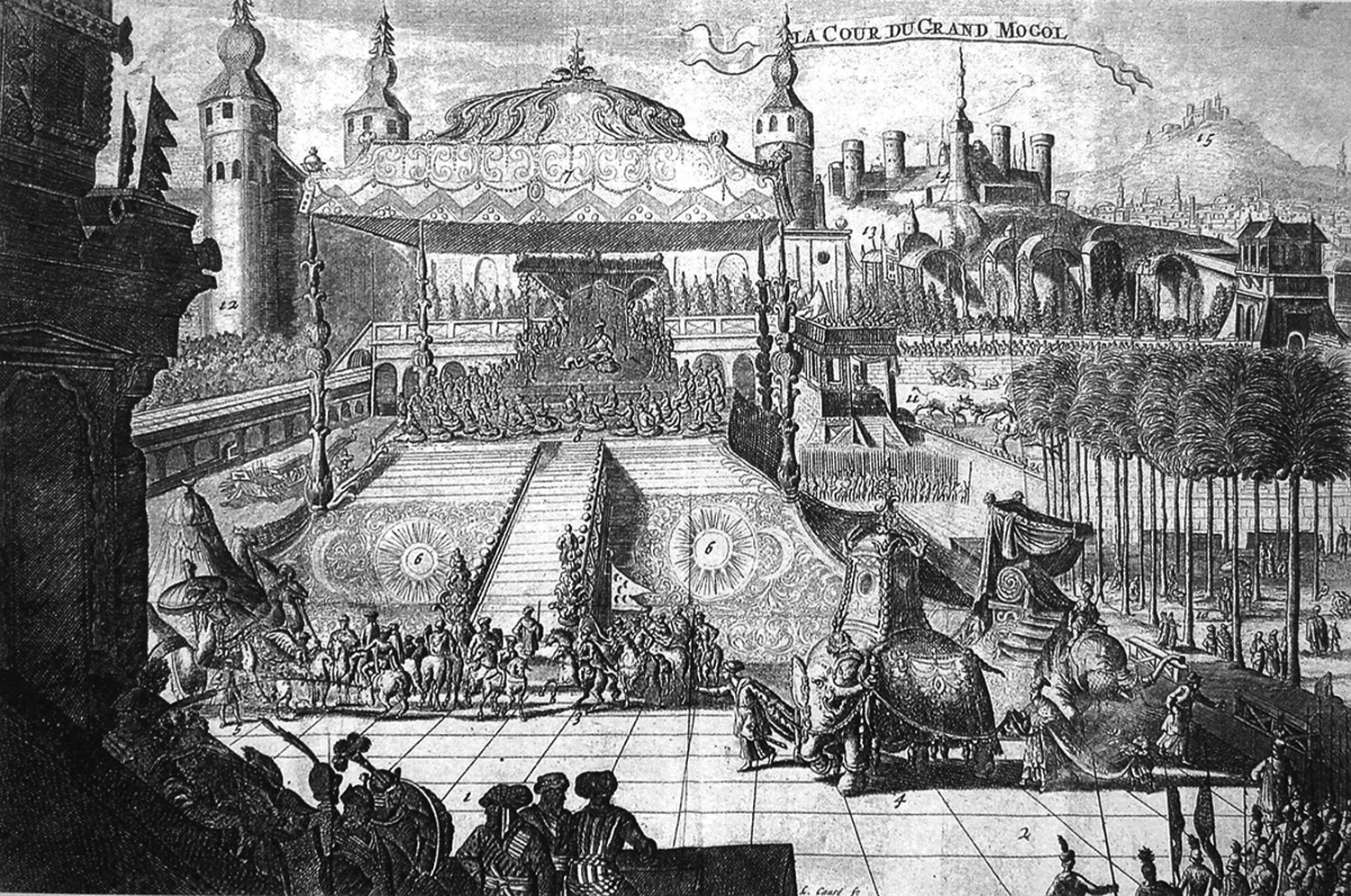
ANALYZING PRIMARY SOURCES
Galileo on Nature, Scripture, and Truth
One of the clearest statements of Galileo’s convictions about religion and science comes from his 1615 letter to the grand duchess Christina, the mother of Galileo’s patron, Cosimo II de’ Medici, and a powerful figure in her own right. Galileo knew that others objected to his work. The Church had warned him that Copernicanism was inaccurate and impious, that it could be disproved scientifically, and that it contradicted the authority of those who interpreted the Bible. Thoroughly dependent on the Medicis for support, he wrote to the grand duchess to explain his position. In this section of the letter, Galileo sets out his understanding of the parallel but distinct roles of the Church and natural philosophers. He walks a fine line between acknowledging the authority of the Church and standing firm in his convictions.
Possibly because they are disturbed by the known truth of other propositions of mine which differ from those commonly held, and therefore mistrusting their defense so long as they confine themselves to the field of philosophy, these men have resolved to fabricate a shield for their fallacies out of the mantle of pretended religion and the authority of the Bible. . . .
Copernicus never discusses matters of religion or faith, nor does he use arguments that depend in any way upon the authority of sacred writings which he might have interpreted erroneously. He stands always upon physical conclusions pertaining to the celestial motions, and deals with them by astronomical and geometrical demonstrations, founded primarily upon sense experiences and very exact observations. He did not ignore the Bible, but he knew very well that if his doctrine were proved, then it could not contradict the Scriptures when they were rightly understood. . . .
I think that in discussions of physical problems we ought to begin not from the authority of scriptural passages, but from sense-experiences and necessary demonstrations; for the holy Bible and the phenomena of nature proceed alike from the divine Word, the former as the dictate of the Holy Ghost and the latter as the observant executrix of God’s commands. It is necessary for the Bible, in order to be accommodated to the understanding of every man, to speak many things which appear to differ from the absolute truth so far as the bare meaning of the words is concerned. But Nature, on the other hand, is inexorable and immutable; she never transgresses the laws imposed upon her, or cares a whit whether her abstruse reasons and methods of operation are understandable to men. For that reason it appears that nothing physical which sense-experience sets before our eyes, or which necessary demonstrations prove to us, ought to be called in question (much less condemned) upon the testimony of biblical passages which may have some different meaning beneath their words. For the Bible is not chained in every expression to conditions as strict as those which govern all physical effects; nor is God any less excellently revealed in Nature’s actions than in the sacred statements of the Bible. . . .
Source: Galileo, “Letter to the Grand Duchess Christina,” in Discoveries and Opinions of Galileo, ed. Stillman Drake (Garden City, NY: 1957), pp. 177–83.
Questions for Analysis
- How does Galileo deal with the contradictions between the evidence of his senses and biblical teachings?
- For Galileo, what is the relationship between God, man, and nature?
- Why did Galileo need to defend his views in a letter to Christina de’ Medici?

